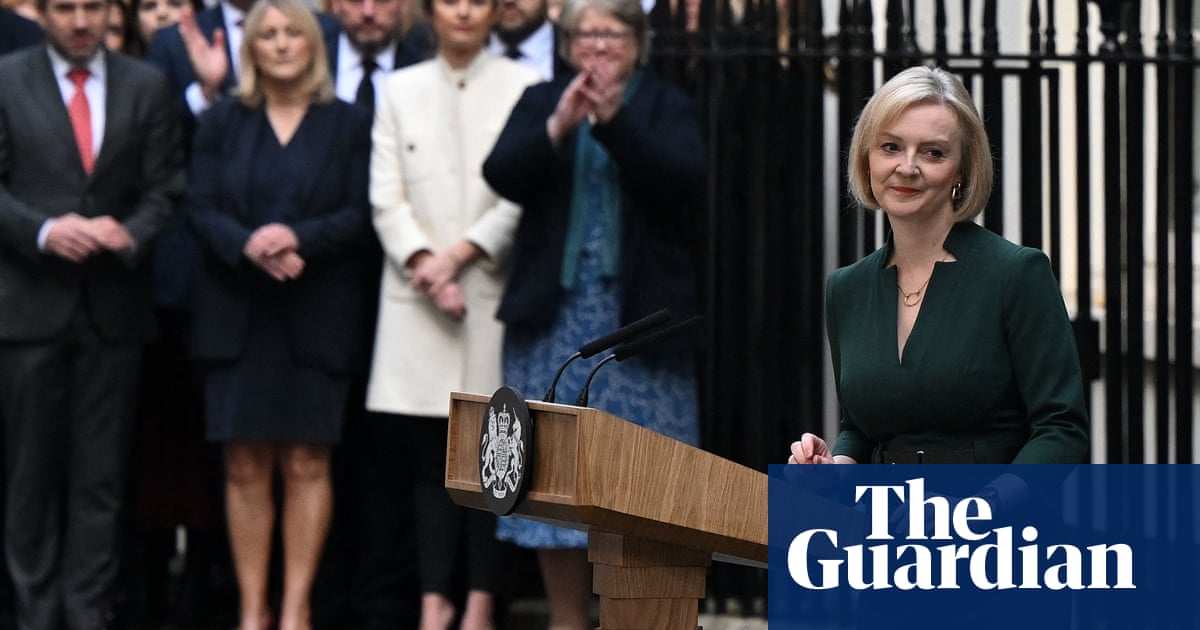
More than six decades after Iran first filed a suit with the International Court at The Hague, the Islamic Republic has returned to “demand justice” from the 15 judges sitting on its benches.
Iran first went to the court in June 1951 when then Prime Minister Mohammad Mossadegh filed a suit to force Great Britain to accept Iran’s decision to nationalize its oil industry and dispossess the Anglo-Iranian Oil Company which was partly owned by the British government.
The Oil Nationalization Act had been passed by the Iranian National Assembly (Majlis) on 15 March and received the royal assent two days later. Six weeks later the Shah appointed Mossadegh as Prime Minister with the mission to carry out the nationalization act.
Taking the case to the International Court was part of Iran’s efforts to mobilize international support for nationalization. After months of deliberation, the court voted in favor of Iran, a decision that was disdainfully ignored by London.
On Monday, Iran returned to lodge another complaint, this time against the United States, for alleged breach of a treaty signed by the two nations in 1955. According to Iran’s lawyers in the first sessions of the court hearing, by re-imposing some sanctions on Iran President Donald Trump’s administration has violated at least six provisions of the treaty.
The lawyers have applied for “a temporary stay” on the sanctions pending a final judgment by the court, a judgment that might take years to be finalized.
“Tehran’s political aim is to obtain a few months of delay in the imposition of new sanctions by Trump,” says Mohsen Golara, an Iranian jurist. “The hope is that such a delay would last until after the mid-term elections in the United States in which President Trump’s Republican Party may lose its majorities in the Congress.
Iran’s sympathizers in the US, including former Secretary of State John Kerry, have privately advised Iranian leaders to play for time by sticking to the “nuke deal” made under President Barack Obama, pending a weakening of Trump’s position as president.
This is important because Trump intends to impose new sanctions through what is known as Executive Order, a constitutional instrument that allows the president to bypass the Congress in certain domains. In exchange, the Congress has the constitutional right to annul any executive order it might regard as “exceeding the president’s constitutional powers.”
Trump isn’t the first US president to use the executive order device to impose sanctions on Iran. The first such order, numbered 12170, was issued by President Jimmy Carter in 1980 to seize Iranian assets in the US. At the time Iran had some $22 billion of its oil revenues deposited in two major American banks.
Carter’s move came in response to the seizure of the US Embassy in Tehran and the holding of its diplomats as hostages. Technically, the seizure of the embassy and its diplomats was a casus belli (an act of war) but Carter hoped to ensure the release of the hostages through diplomatic channels. An executive order imposing sanctions was regarded as a good compromise for a president who did not wish to use force.
In the end, direct and indirect talks did ensure the release of the hostages with the signature of the Algiers Agreement in January 1981. Iran promised to no longer seize American hostages, a promise it did not keep by proceeding to seize more than a dozen other hostages, this time through Hezbollah proxies in Lebanon. The Americans reciprocated the bad faith by delaying the release of Iran’s frozen assets for decades.
After Carter, all US presidents issued executive orders on relations with Iran, often to impose new and tougher sanctions.
Obama was the only exception in the context of his tacit support for the Islamic Republic.
The 1955 agreement now under discussion at The Hague is called “Treaty of Friendship, Economic Relations and Consular Rights”. Its signature gave Iran a place among nations enjoying a privileged position in relations with the United States. Negotiated by Iran’s Foreign Minister at the time Abdullah Entezam and his US counterpart John Foster Dulles the treaty gave Iran most favored nation access to the US market with export guarantees and credit facilities backed by the federal government.
More importantly, it opened the way for Iran to purchase military hardware from the US, starting a process at the end of which in the 1970s Iran had access to the most sophisticated American weaponry bar nuclear arms.
The 1955 treaty marked the beginning of growing US influence in Iran and led to the signing of 18 other treaties and agreements which established a firm alliance between the two nations. One such agreement, under the US Atoms for Peace Program, saw the installation of Iran’s first nuclear reactor, fully paid and for years managed by the US. (It started full operations in 1959). The US also offered scholarships for the first 20 Iranians who studied nuclear sciences in American universities.
Another adjunct accord provided for the training of Iranian military and intelligence personnel in the US, especially fighter pilots and technicians. Close cooperation between the CIA and SAVAK, Iran’s security service, began with that treaty.
The 1955 treaty also established a process of economic negotiations that in 1975 led to the $50 billion trade contract signed by Iran’s then Economy Minister Hushang Ansary and the US Secretary of State Henry Kissinger. At the time, the agreement was dubbed “the biggest trade deal in human history.”
Iran might find it hard to win a favorable decision at The Hague for two reasons.
The first is that the US could argue that the sanctions envisaged by Trump are related to the “nuke deal” which is not related to the 1955 treaty. And since “the nuke deal” has no legal status it would be hard for Iran to build a case around its alleged violation.
That point was highlighted by Seed Jalili, the former Secretary of Iran’s High Council of National Security, in his speech this week.
He said: “They {President Rouhani’s team} claim that the nuke deal {JCPOA} is a UN Security Council document and that anyone who violates it violates a UN decision. If that is the case, why don’t you take the issue to the Security Council?”
Jalili is being disingenuous.
Rouhani and his team often claim that the UN Security Council somehow endorsed JCPOA in one of its seven resolutions on the Iran nuclear issue. However, they also insist that Iran has never accepted any of those resolutions. In other words, they demand that everyone respect the JCPOA on the basis of a UN resolution that Tehran itself rejects.
The second reason why Iran’s chances of winning at The Hague are slim is that the 1955 treaty clearly states, in its Article II, that the signatories could take their complaints to the International Court of Justice only after negotiations between them have failed to produce a compromise.
Well, Trump says he is ready to enter negotiations with Iranians without any preconditions.
However, ” Supreme Guide” Ali Khamenei, the ultimate decision-maker in Tehran, has formally forbidden any talks with the US on any subject. Going to The Hague may be a ploy by Rouhani, now isolated and fighting for his political survival, to evoke the memory of Mossadegh and hide his inability to show a way out of the maze Iran finds itself.












